Sika AquaBlok Rapid is a highly flexible, Class III, rapid drying, waterproofing membrane suitable for internal and external use. Sika® Aqua Blok® Rapid is designed to bond to a wide variety of substrates and is micro fibre reinforced for improved tensile strength and crack bridging. Sika® Aqua Blok® Rapid is perfect suited to cool and cold climates due to it ability to dry and cure at low temperatures.
USES
Sika Aqua Blok Rapid is suitable for use over typical substrate such as;
- Concrete
- Cement based screeds and renders
- Fibre cement sheeting / Ceramic Tile Underlay
- Compressed cement boards
- Structural particle board sheeting overlayed with ceramic tile underlay
- Structural plywood sheeting
- Water resistant plasterboard
- Existing tiles (refer further detail in priming)
CHARACTERISTICS AND ADVANTAGES
- Rapid drying, overcoat in 2 hours
- Flood test after 24 hours
- High extensibility >300%
- Changes colour once dry, from Pink to Dark Red
- Internal & external applications
- Water based – easy to use
- Low VOC
- Residential and commercial applications
- Micro fibre reinforced
- Compatible with Sika and Davco range of tile adhesives
- Premixed ready to use
COLOUR
Wet – Pink, once dry dark red.
Before applying Aqua Blok Rapid , make sure to review the full product details, application instructions, and safety guidelines. Click below to download the datasheet and ensure optimal results.
Visit Sika Website for more product information.
Contact Sydney Industrial Coatings for any enquiries .


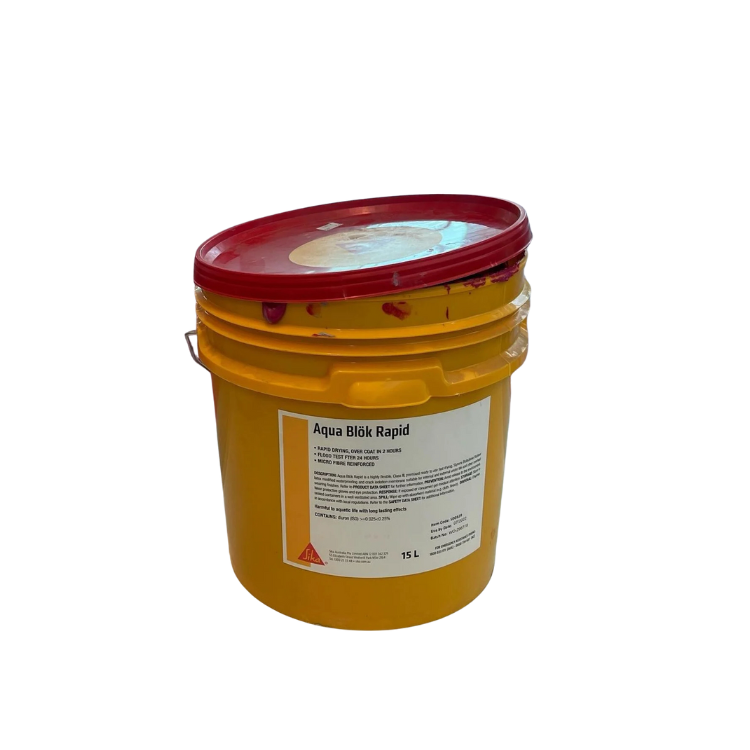
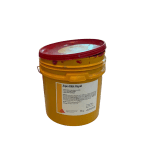
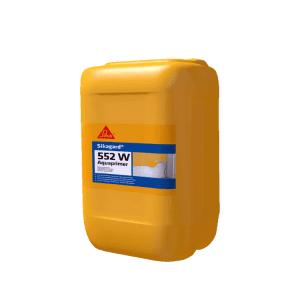

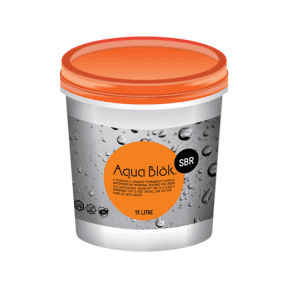
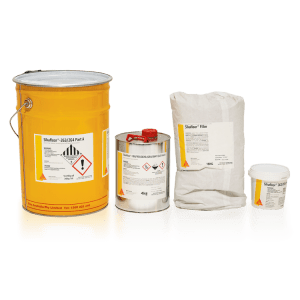
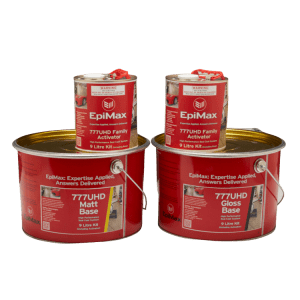

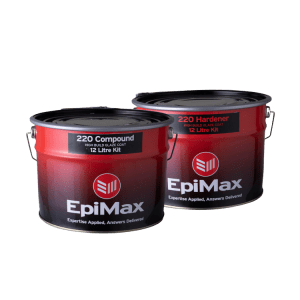
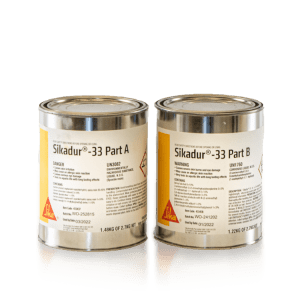
Reviews
There are no reviews yet.